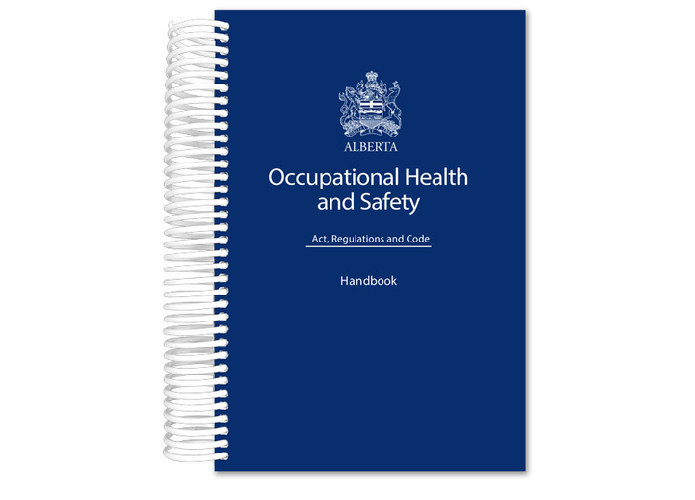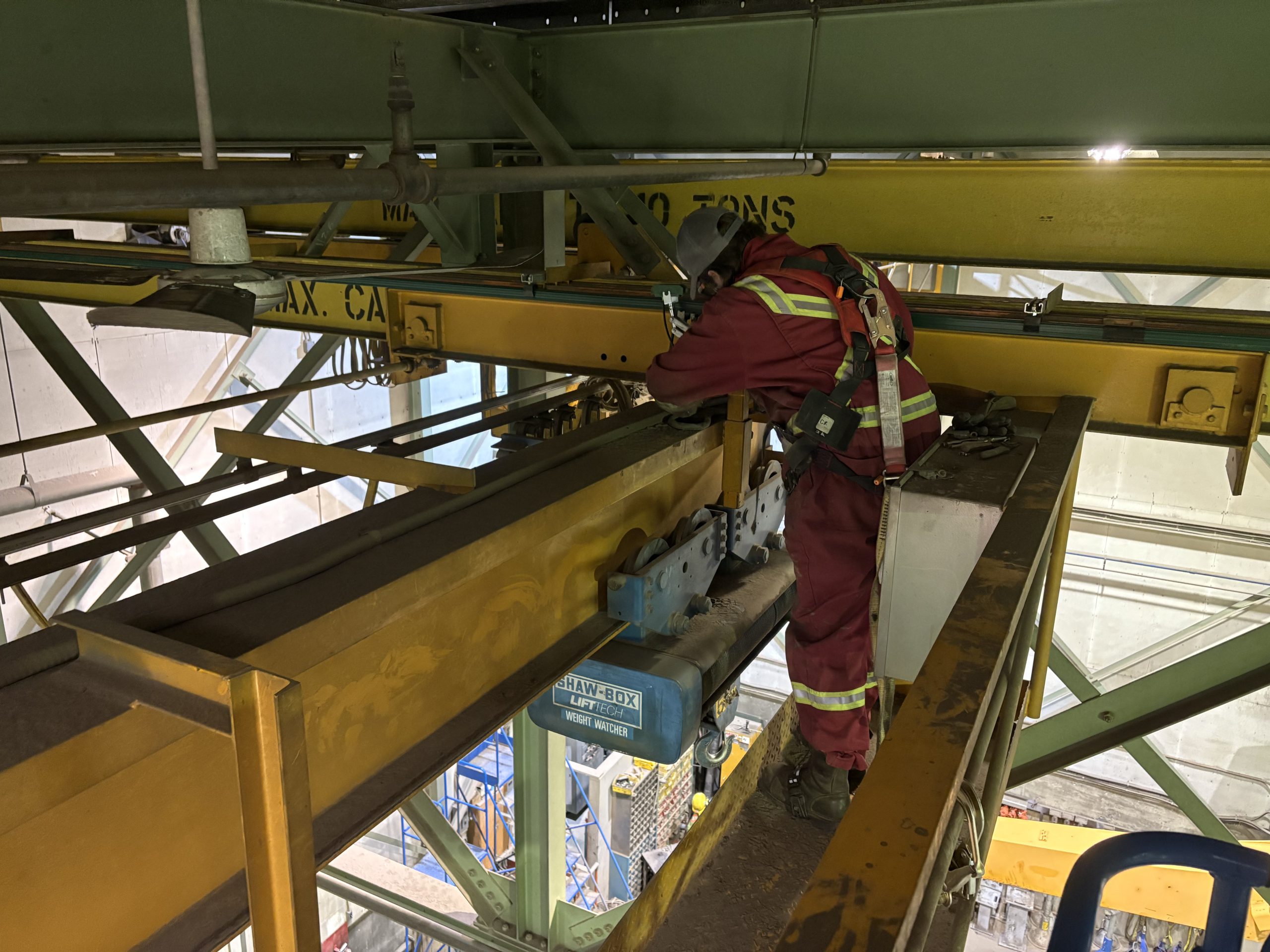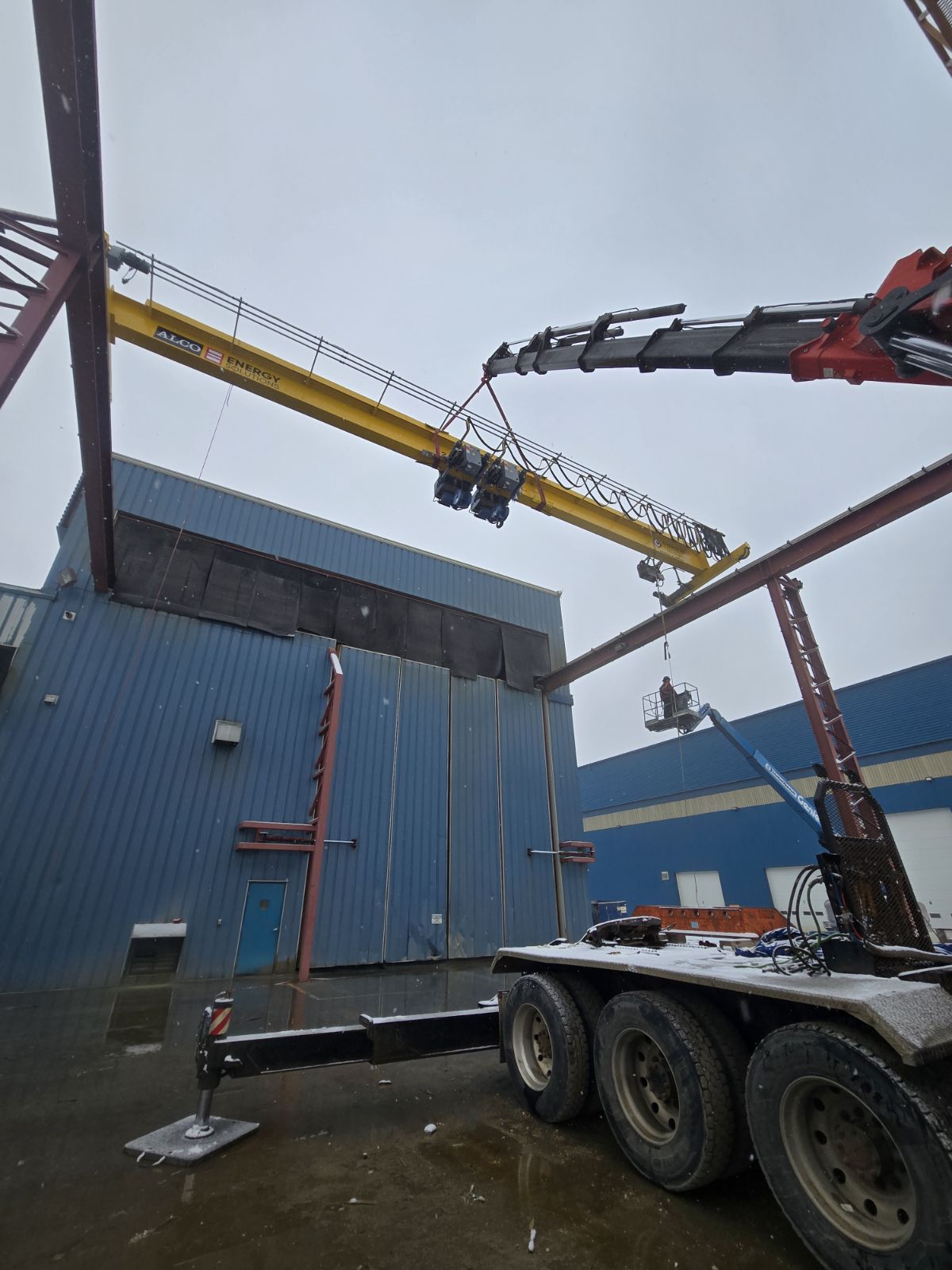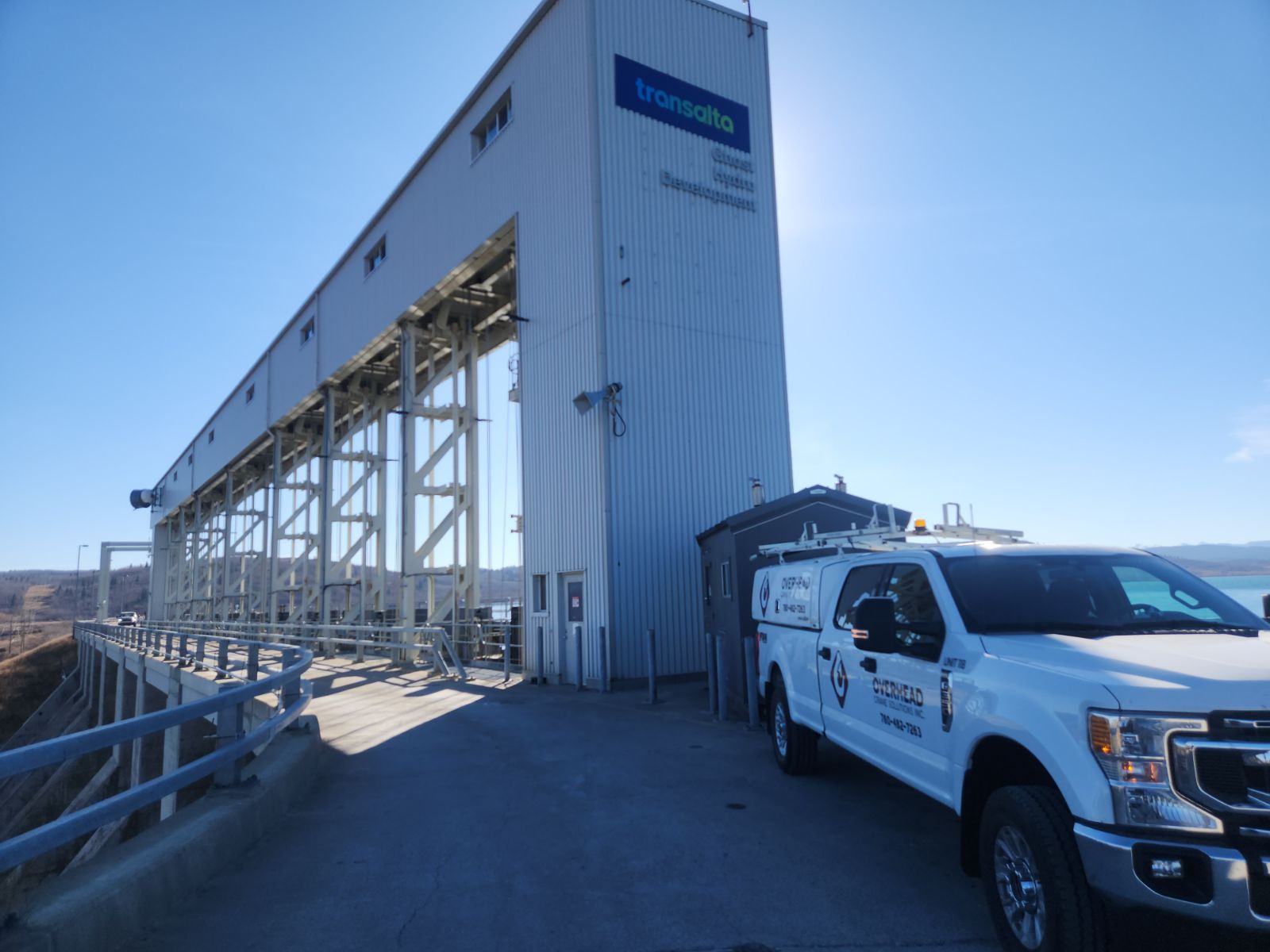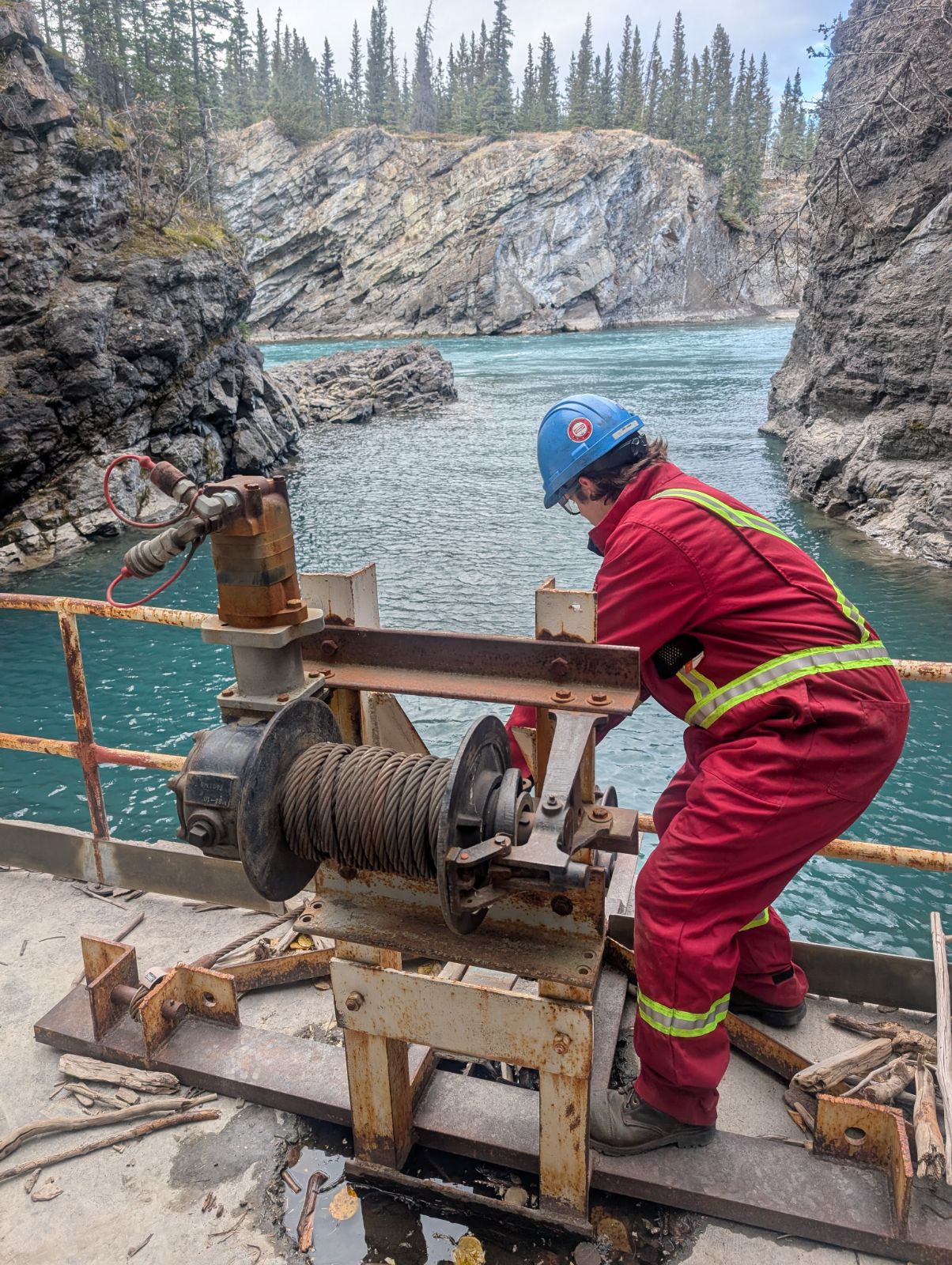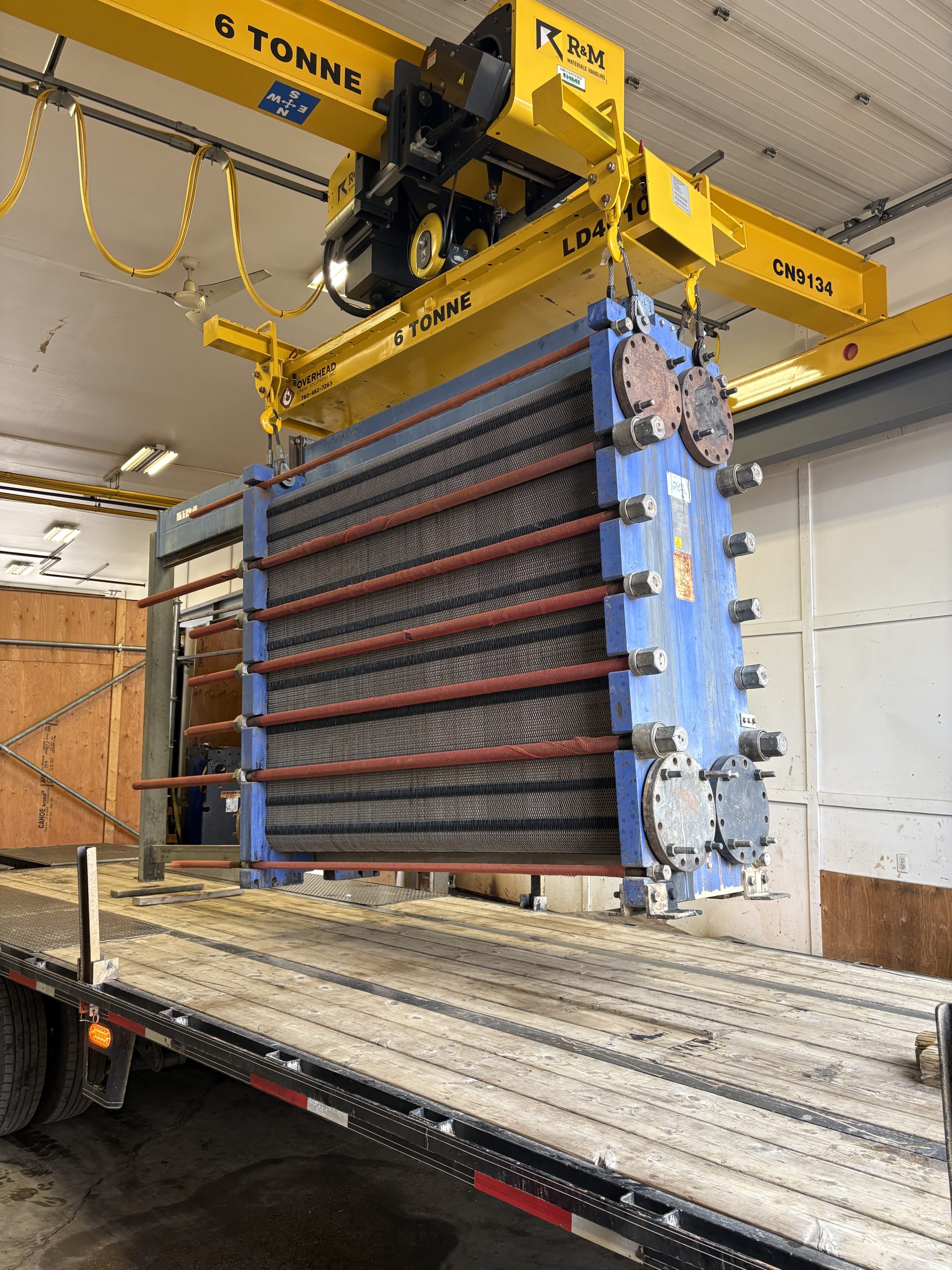When operating overhead cranes in Canada, businesses must adhere to the Canadian Standards Association (CSA) requirements. These standards ensure safety, reliability, and efficiency in workplaces while reducing risks to personnel and equipment. This article will break down key CSA standards for overhead cranes, offering guidance for Canadian businesses aiming to stay compliant.
What is the CSA and Why Are Its Standards Important?
The Canadian Standards Association (CSA) develops standards to promote safety and sustainability across various industries. For overhead cranes, the CSA standards:
- Protect workers and reduce the risk of accidents.
- Ensure equipment reliability and longevity.
- Align with Canada’s occupational health and safety laws.
Adhering to CSA standards is not just a legal obligation; it’s a best practice for fostering safe and efficient operations.
Key CSA Standards for Overhead Cranes
Several CSA standards apply to overhead cranes, with CSA B167 being the most significant. Here’s a breakdown of the key elements:
1. CSA B167-16: Overhead Travelling Cranes and Monorails
This standard outlines the requirements for design, construction, installation, maintenance, inspection, and operation.
- Design Requirements:
Manufacturers must meet structural and mechanical design criteria to ensure cranes can handle rated loads safely.
Example: Cranes must include redundant safety features, such as fail-safe brakes. - Inspection and Testing:
- Initial Testing: New cranes must undergo load and functional testing before operation.
- Periodic Inspections: Regular inspections are mandatory to identify wear, corrosion, or damage.
Frequency: Daily (visual), monthly, and annual comprehensive checks.
- Operator Training:
Operators must be trained to recognize hazards and understand safe operational practices.
2. CSA Z150: Mobile Cranes
Although primarily for mobile cranes, sections of this standard also apply to overhead systems when cranes are used in tandem with mobile units.
3. CSA Z462: Workplace Electrical Safety
This standard is relevant for electrically operated cranes. It ensures that electrical systems are designed, maintained, and used safely.
Provincial Regulations and Alignment
While CSA standards set the national benchmark, each Canadian province enforces occupational health and safety laws. Ensure your business meets:
- Ontario’s Occupational Health and Safety Act (OHSA)
- British Columbia’s WorkSafeBC Guidelines
- Alberta’s OHS Code
Most provinces adopt CSA standards as part of their regulations, making them critical for compliance.
Practical Steps for Compliance
- Conduct Regular Inspections
- Follow the inspection schedules outlined in CSA B167. Maintain detailed records for audits and reviews.
- Ensure Proper Training
- Provide CSA-compliant training for crane operators and maintenance personnel.
- Engage Certified Inspectors
- Hire CSA-certified inspectors to conduct annual crane evaluations.
- Implement Preventive Maintenance
- Replace worn-out components before they fail. Adhering to CSA’s maintenance guidelines minimizes downtime and risk.
- Upgrade Outdated Equipment
- Ensure older cranes meet current CSA standards through retrofits or replacements.
Why CSA Compliance Matters
Failing to meet CSA standards can lead to:
- Fines and legal action from regulatory bodies.
- Increased workplace accidents and liabilities.
- Reduced operational efficiency and potential equipment failures.
Compliance not only ensures worker safety but also demonstrates a company’s commitment to excellence.
Resources for Canadian Businesses
- CSA Group: Access the full text of CSA standards for specific guidance.
- Provincial Safety Authorities: Get localized compliance advice.
- Professional Associations: Groups like the Canadian Society of Safety Engineering (CSSE) can provide resources and training.
Final Thoughts
Adhering to CSA standards is essential for any Canadian business operating overhead cranes. By understanding and implementing these requirements, companies can create safer work environments, extend equipment life, and avoid regulatory penalties.
For assistance with CSA-compliant overhead crane systems, inspections, or training, contact us. Our experts are here to help you navigate these standards and maintain operational excellence.

